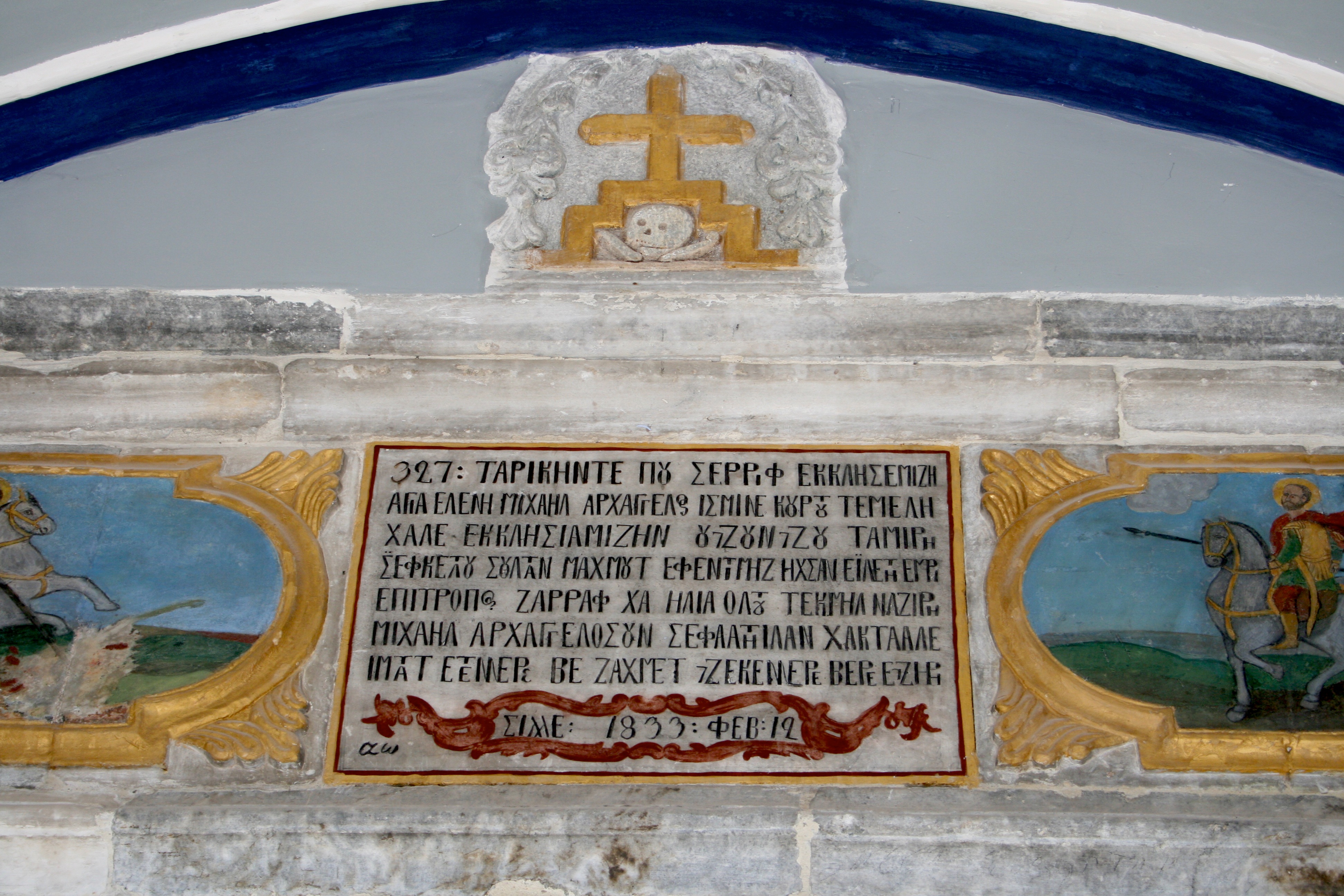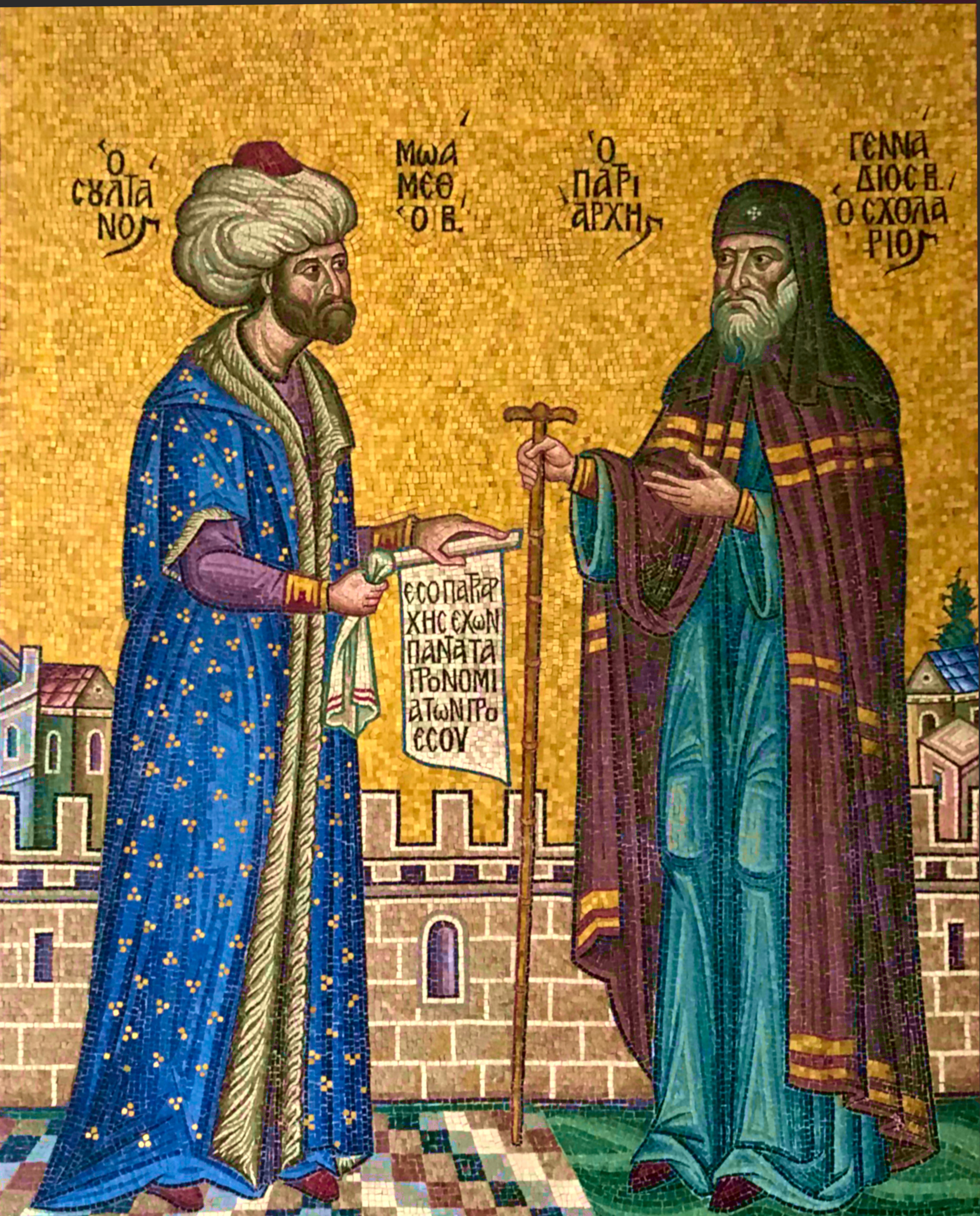|
Exchange Of Populations Between Greece And Turkey
The 1923 population exchange between Greece and Turkey ( el, Ἡ Ἀνταλλαγή, I Antallagí, ota, مبادله, Mübâdele, tr, Mübadele) stemmed from the "Convention Concerning the Exchange of Greek and Turkish Populations" signed at Lausanne, Switzerland, on 30 January 1923, by the governments of Greece and Turkey. It involved at least 1.6 million people (1,221,489 Greek Orthodox from Asia Minor, Eastern Thrace, the Pontic Alps and the Caucasus, and 355,000–400,000 Muslims from Greece), most of whom were forcibly made refugees and ''de jure'' denaturalized from their homelands. The initial request for an exchange of population came from Eleftherios Venizelos in a letter he submitted to the League of Nations on 16 October 1922, as a way to normalize relations de jure, since the majority of surviving Greek inhabitants of Turkey had fled from recent massacres to Greece by that time. Venizelos proposed a "compulsory exchange of Greek and Turkish populations," and asked ... [...More Info...] [...Related Items...] OR: [Wikipedia] [Google] [Baidu] |
Kayaköy (7023405881)
Kayaköy is an abandoned village in southwest Turkey. It was anciently known in Greek as Carmylessus ( grc, Καρμυλησσός), shortened to Lebessos ( grc, Λεβέσσος) and pronounced in Modern Greek as Leivissi ( el, Λειβίσσι), lies 8 km south of Fethiye in southwestern Turkey in the old Lycia province. From Ancient Greek the town name shifted to Koine Greek by the Roman period, evolved into Byzantine Greek in the Middle Ages, and finally became the Modern Greek name still used by its townspeople before their final evacuation in 1923. In late antiquity the inhabitants of the region had become Christianity, Christian and, following the East-West Schism with the Catholic Church in 1054 AD, they came to be called Greek Orthodox Christian. These Greek-speaking Christian subjects, and their Turkish language, Turkish-speaking Muslim Ottoman rulers, lived in relative harmony from the end of the turbulent Ottoman conquest of the region in the 14th century until t ... [...More Info...] [...Related Items...] OR: [Wikipedia] [Google] [Baidu] |
Greek Genocide
The Greek genocide (, ''Genoktonia ton Ellinon''), which included the Pontic genocide, was the systematic killing of the Christians, Christian Ottoman Greeks, Ottoman Greek population of Anatolia which was carried out mainly during World War I and Aftermath of World War I, its aftermath (1914–1922) on the basis of their religion and ethnicity. It was perpetrated by the government of the Ottoman Empire led by the Three Pashas and by the Government of the Grand National Assembly led by Mustafa Kemal Atatürk, against the indigenous Ottoman Greeks, Greek population of the Empire. The genocide included massacres, forced deportations involving death marches through the Syrian Desert, expulsions, summary executions, and the destruction of Eastern Orthodox cultural, historical, and religious monuments. Several hundred thousand Ottoman Greeks died during this period. Most of the refugees and survivors fled to Greece (adding over a quarter to the prior population of Greece). Some, espe ... [...More Info...] [...Related Items...] OR: [Wikipedia] [Google] [Baidu] |
Karamanlides
The Karamanlides ( el, Καραμανλήδες; tr, Karamanlılar), also known as Karamanli Greeks or simply Karamanlis, are a traditionally Turkish-speaking Greek Orthodox people native to the Karaman and Cappadocia regions of Anatolia. The origins of the Karamanlides have long been disputed; there are two basic theories on the subject. According to one, they are the remnants of the Byzantine Greek population, which though it remained Orthodox, was linguistically Turkified. The second theory holds that they were originally Turkic soldiers which the Byzantine emperors had settled in Anatolia, and who retained their language and Christian religion after the Turkic conquests. The Karamanlides were forced to leave Anatolia during the 1923 population exchange between Greece and Turkey. Today, a majority of the population live in Greece and have been well integrated into Greek society. Etymology The term is geographical, derived from the 13th century Kingdom of Karaman. Origi ... [...More Info...] [...Related Items...] OR: [Wikipedia] [Google] [Baidu] |
Hayhurum
Hayhurum ( hy, Հայհրում, el, Βυζαντινοἰ Αρμένιοι) is the name given to Armenian-speaking Christians who are members of the Greek Orthodox Church. Their exact ethnicity has been a source of debate. Some (''although not all'') of these Armenian speakers living in the vicinity of the town of Akn till the 16th century were of Orthodox faith (instead of Armenian Apostolic Church as is the case for most Armenians). There were also a number of people of Greek Orthodox faith among Hamshenis, who are considered to have been converted to Greek Orthodoxy during the late Middle Ages under the rule of the Empire of Trebizond. Greek Orthodox in faith and Armenian in language, they were called Hayhurums, from the Armenian words, ''Hay'' meaning ''Armenian'', ''hu'' meaning ''and,'' and ''Rûm'' meaning ''Eastern Roman'' or, as it is now called in the West, ''Byzantine,'' denoting the state religion of the Byzantine (Eastern Roman) Empire, which was Greek Orthodoxy. ... [...More Info...] [...Related Items...] OR: [Wikipedia] [Google] [Baidu] |
Rum Millet
Rūm millet (millet-i Rûm), or "''Roman nation''", was the name of the Eastern Orthodox Christian community in the Ottoman Empire. Despite being subordinated within the Ottoman political system, the community maintained a certain internal autonomy. Establishment and development After the fall of Constantinople to the Ottoman Empire in 1453, all Orthodox Christians were treated as a lower class of people. The Rum millet was instituted by Sultan Mehmet II who set himself to reorganise the state as the conscious heir of the East Roman Empire. The Orthodox congregation was included in a specific ethno-religious community under ''Graeco-Byzantine'' domination. Its name was derived from the former Eastern Roman (a.k.a. ''Byzantine'') subjects of the Ottoman Empire, but all Orthodox Greeks, Bulgarians, Albanians, Aromanians, Megleno-Romanians and Serbs, as well as Georgians and Middle Eastern Christians, were considered part of the same millet in spite of their differe ... [...More Info...] [...Related Items...] OR: [Wikipedia] [Google] [Baidu] |
.jpg)



